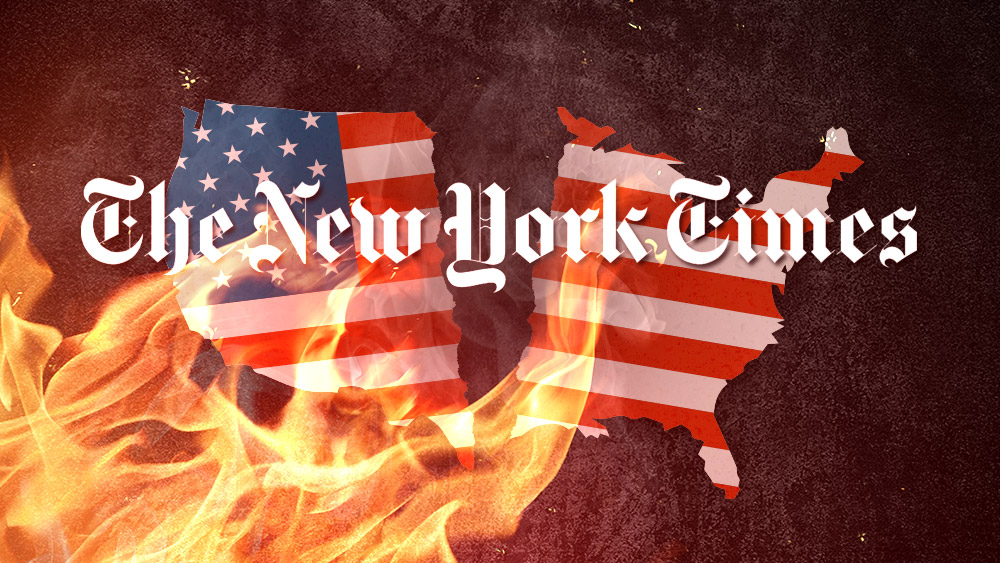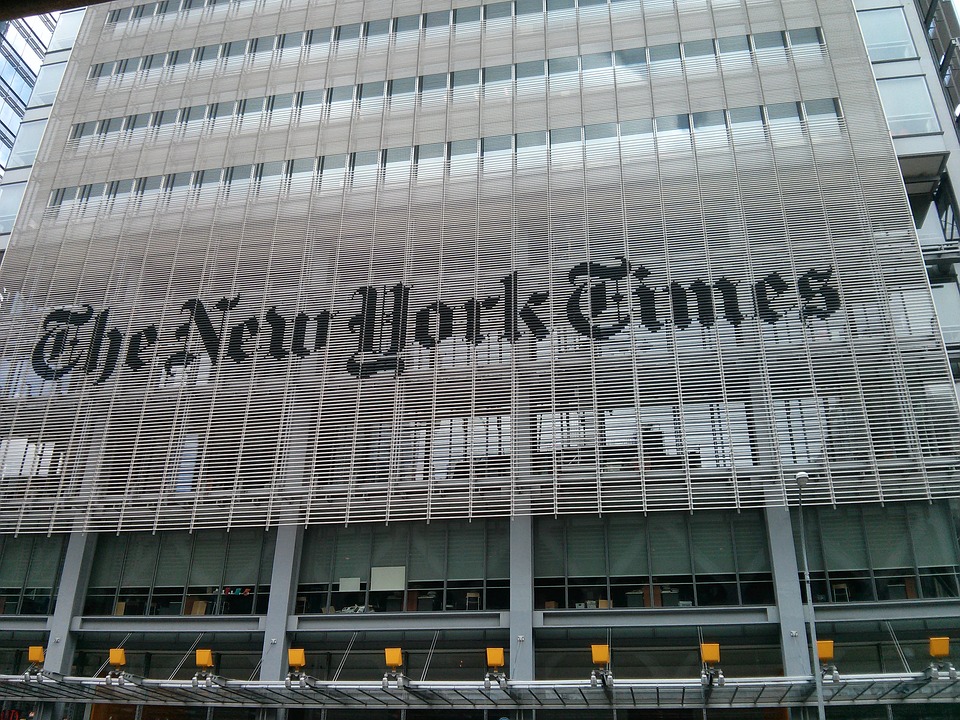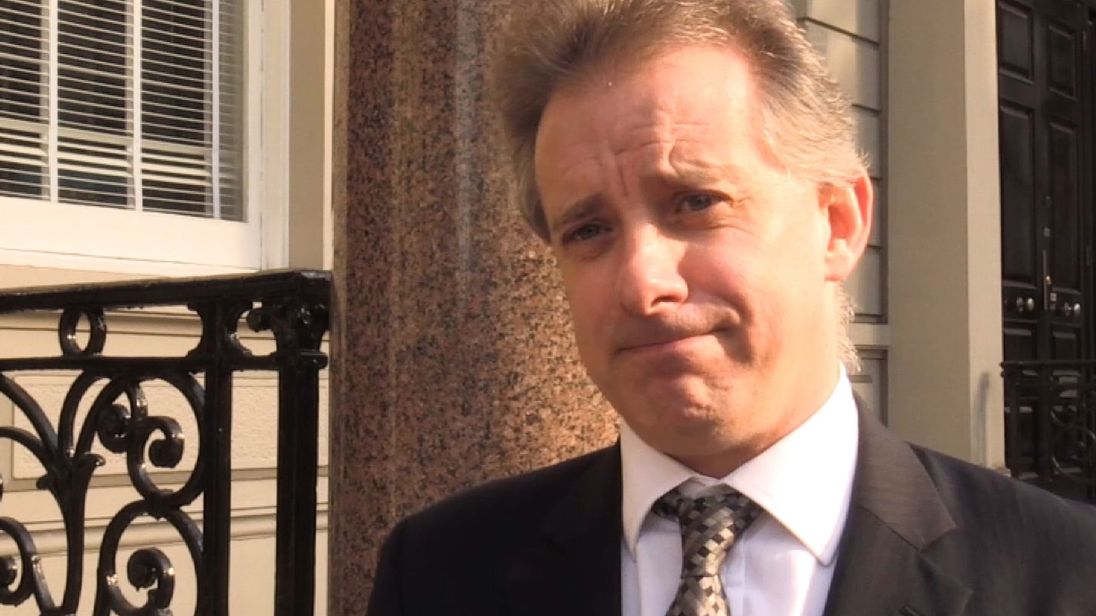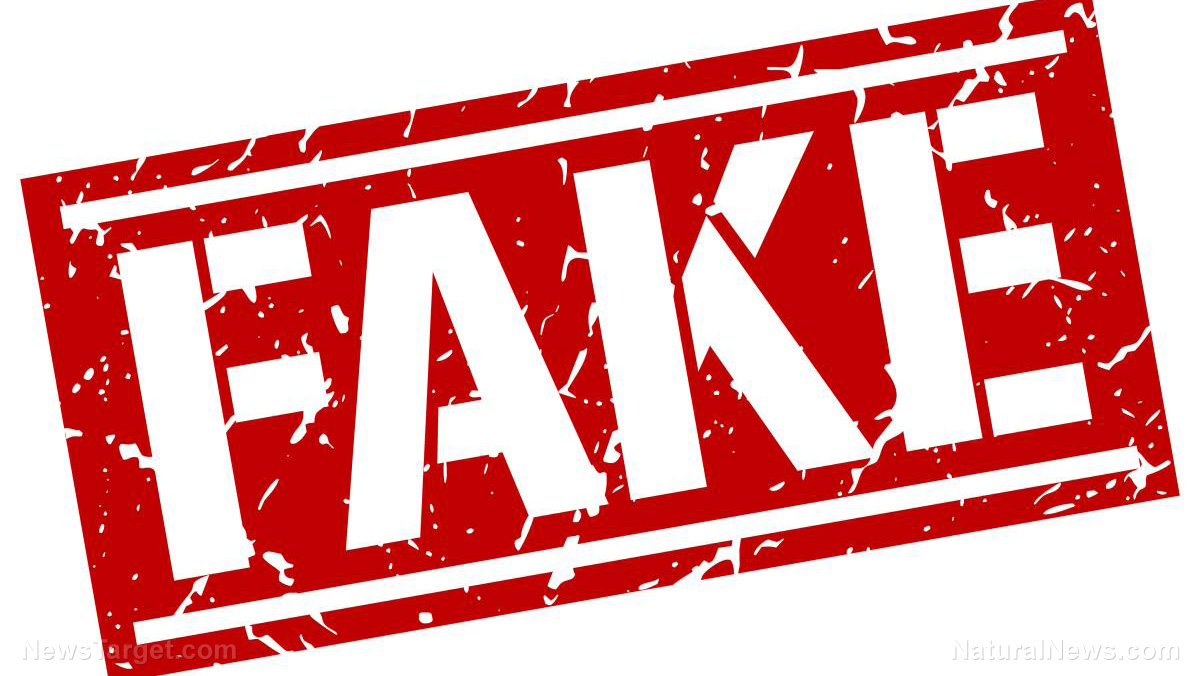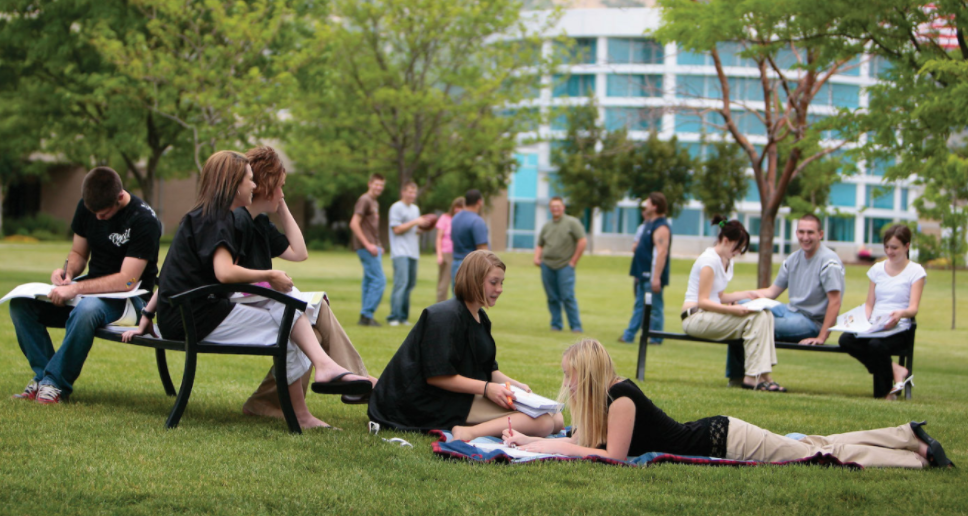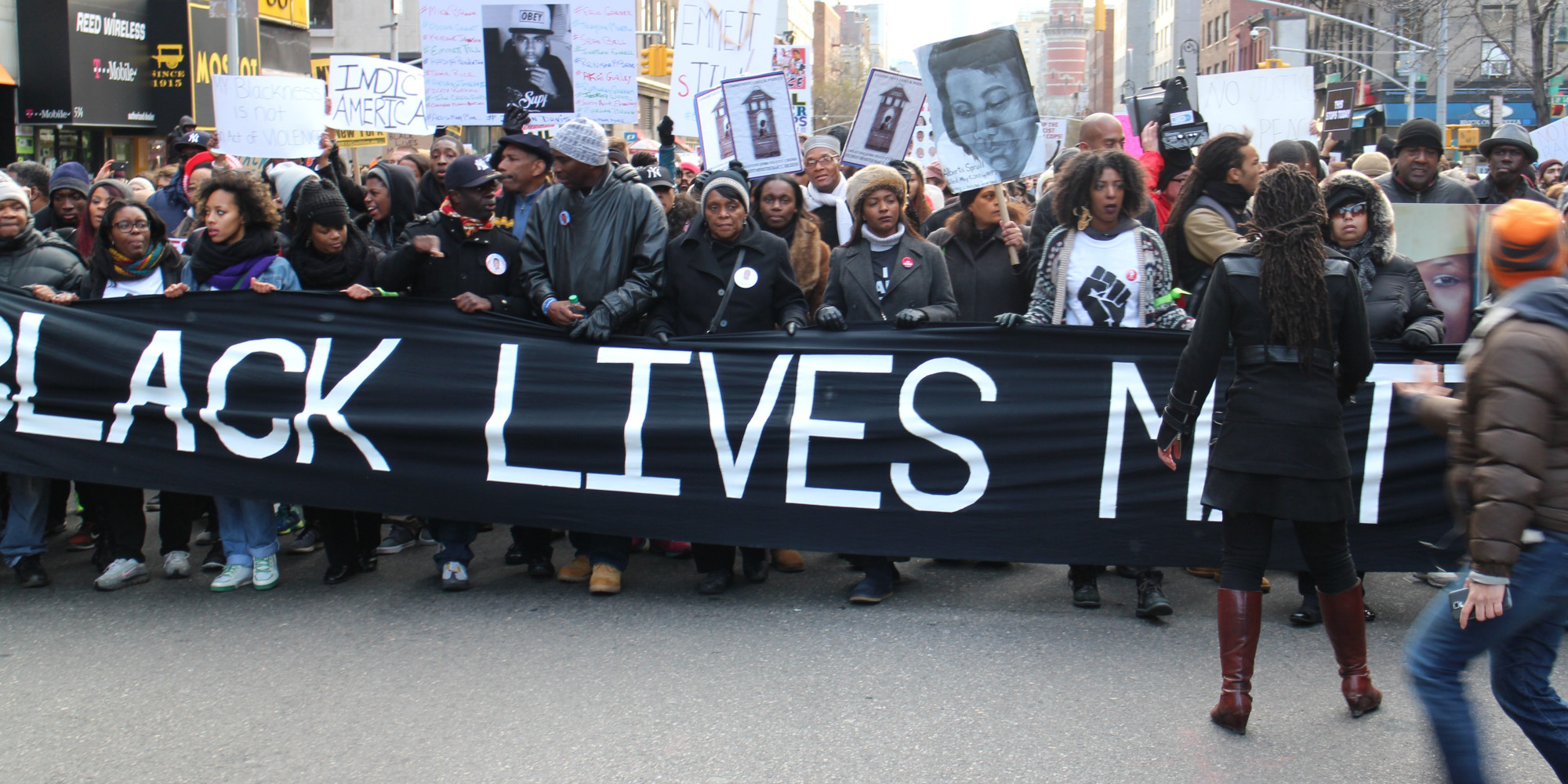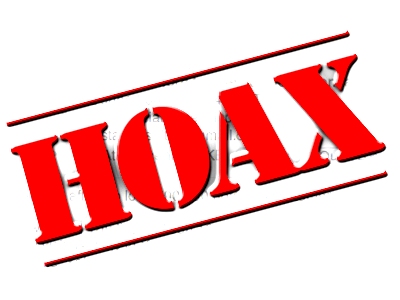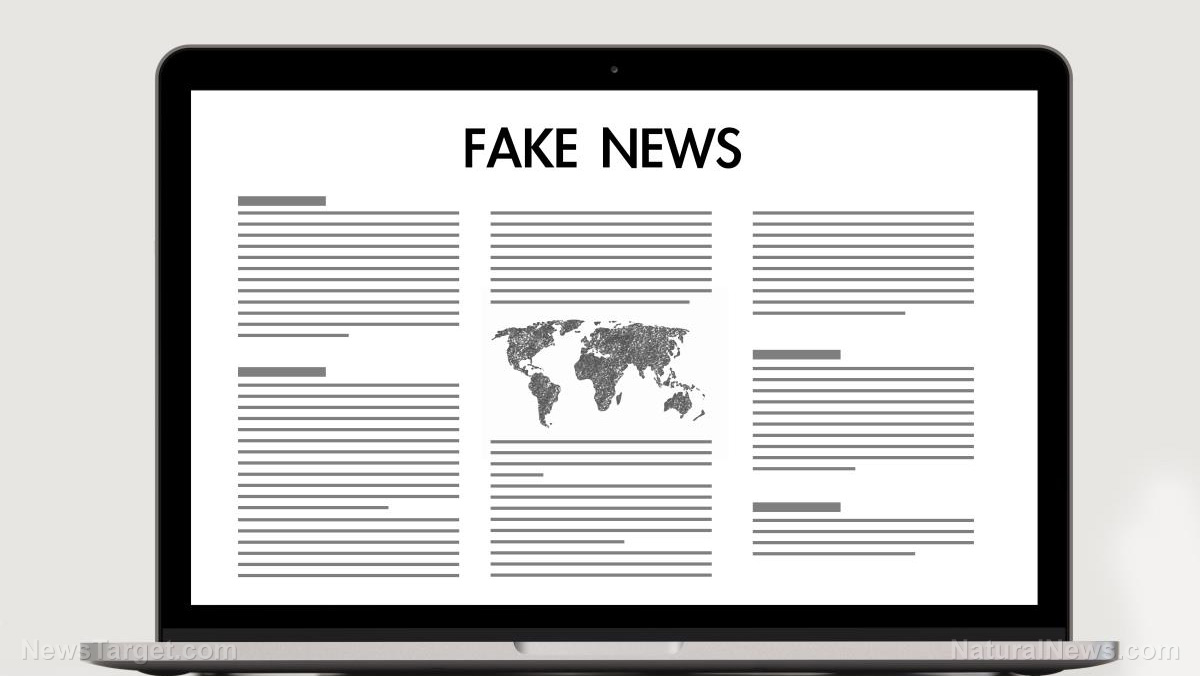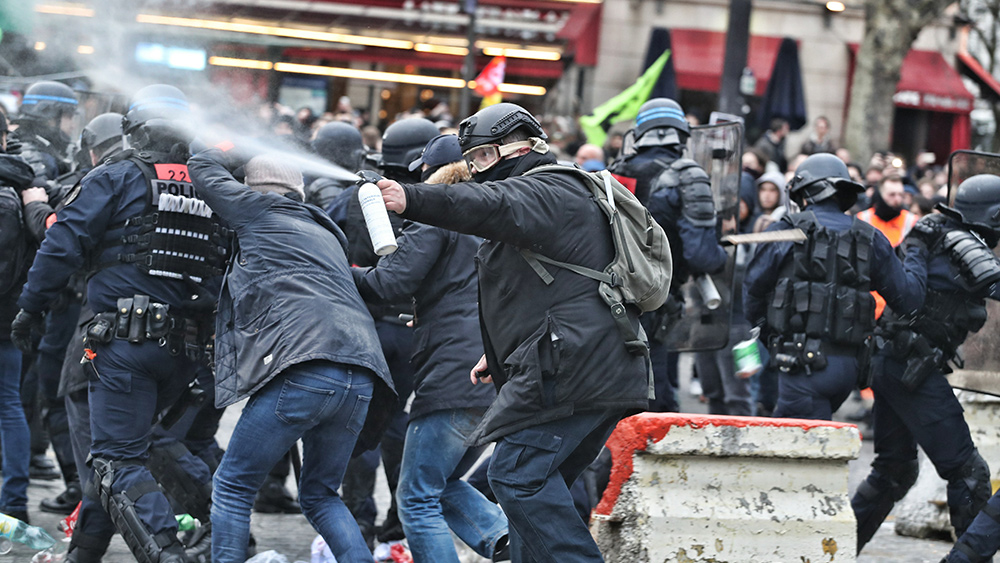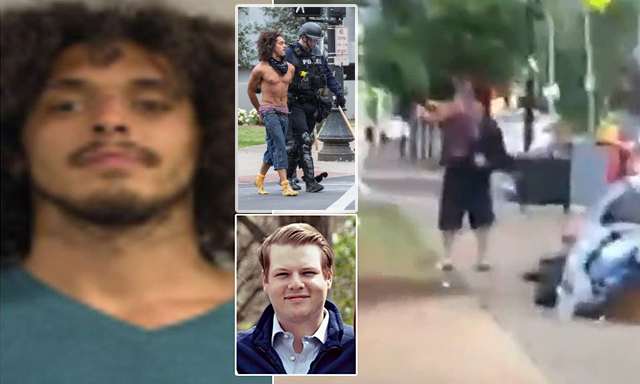Liberty University sues New York Times for publishing coronavirus fallacies, says paper now run by “bigoted bunch of liars”
07/26/2020 / By Michael Alexander

The New York Times has found itself in hot water after it published an article alleging that a Wuhan coronavirus (COVID-19) outbreak happened within Liberty University’s walls during the early days of the pandemic.
According to the Evangelical Christian institution, the New York Times story, which reported that 12 students found themselves exhibiting symptoms normally associated with COVID-19 when the school reopened, and bore the headline “Liberty University Brings Back Its Students, and Coronavirus Fears, Too,” was factually incorrect. Liberty University officials have even gone so far as to call the piece, which was published on March 29, of being a “fictional tale.”
No students actually caught COVID-19
University officials have stated that no student of theirs actually contracted COVID-19.
The school has since filed a $10 million lawsuit against the paper, alleging that the story, which was written by New York Times feature writer Elizabeth Williamson, caused “enormous harm” to the university’s reputation resulting in the loss of enrollment revenue, as well as the incurring of substantial legal costs.
“There was never an on-campus student diagnosed with COVID-19. The only actual ‘viral’ element of this narrative that existed was the intense ‘viral’ Internet attention it generated for the New York Times’ website and for those paying to advertise on that website,” the suit filed by the university stated.
In the lawsuit, the university alleged that the story run by the Times was full of fallacies and made-up details, and was only published to serve as “click-bait.”
“Simply put, defendants’ claim that ‘Liberty Brings Back its Students, and Coronavirus, Too’ was made up. Their claim that Liberty ‘Reopened, and Students Got Sick’ was made up. Their claim that after purportedly reopening, ‘students started getting sick’ with ‘nearly a dozen Liberty students … sick with symptoms that suggest COVID-19’ was made up,” the suit stated. “And their claim that the ‘consequences’ of reopening had come home to roost’ in the form of a COVID-19 outbreak was made up.”
As reported in the original Times article, Williamson quoted snippets from their interview with a certain Thomas Eppes Jr., who was described in the story as the medical doctor who purportedly runs Liberty University’s health services department. This was not actually the case, according to University president Jerry Falwell Jr.
Eppes, Falwell said, was not in any way connected to the university, and that he was actually running a clinic some ten miles away from the university.
“I think they got their information from a doctor who has a practice 10 miles away from Liberty, who had seen a few Liberty kids who had a cold and upper respiratory problem. And none of it was anything like COVID symptoms,” Falwell explained in an interview with Sean Hannity. (Related: Universities to force students to get flu shots, sign “distancing” contracts in order to attend classes this fall.)
“He told the reporters to go and talk to our on-campus doctor at our clinic on campus, and they wouldn’t do it. They didn’t talk to us,” Falwell said.
In addition to misrepresenting their already faulty primary source, the New York Times also omitted Eppes’ further explanation, in a bid to paint them as potentially coronavirus-positive patients.
According to the university, Eppes said in the interview that the students were not tested for COVID-19 because they did not meet the symptomatic criteria for COVID-19 testing. However, the university said that the paper opted to “paraphrase” Eppes’ actual statement, just so that the news site could “spread their false narrative in a cohesive way.”
Eppes, in his interview with the New York Times, noted that most of the sick students had “upper respiratory infection,” which amounted to a cold, instead of the lower respiratory infection indicative of COVID-19.
Furthermore, Williamson was also told to contact another doctor, Joanna Thomas, who the lawsuit described as being the one who actually works at Liberty’s health department.
Williamson never did.
“By avoiding the direct source, and only talking to Dr. Eppes, they sought the plausible deniability of claiming he and they misunderstood each other when he inevitably denied (as he did) the story,” the university said in its lawsuit, adding that the New York Times only contacted Liberty during the date of the story’s publication.
The New York Times had run other articles attacking Liberty University
In addition to Williamson’s story, the university said the New York Times also ran other articles maligning the university’s reputation, such as a column titled, “The Religious Right’s Hostility to Science is Crippling Our Coronavirus Response,” and an editorial titled “This Land of Denial and Death.” These stories, the university said, unfairly characterized Falwell Jr. as a science denier, and that his “disbelief” was what ultimately led to the creation of “his own personal viral hot spot.”
In their suit, authorities from Liberty claimed that the New York Times specifically targeted both their institution and Falwell Jr., alleging that Williamson was sent to Lynchburg in order “to engineer a specific fictional tale” that would portray both Liberty and its President as “a caricature” meant to entertain the New York Times’ “liberal audience.”
According to Liberty, the writer was able to do this by depicting Falwell and the conservative university as being “backward,” “irresponsible” and “anti-science.” The paper, according to the university, also made the effort to portray them as being “closely tied to and mirroring President Trump.”
Falwell is currently one of President Trump’s most vocal supporters.
“We are holding the New York Times accountable for their malicious and false reporting and their violation of the measures we took to protect our students,” Falwell said.
Falwell, in his interview with Hannity, added that the university had previously asked the paper to correct their stories.
“We tried to get them to correct all the false headlines. They wouldn’t do it. They actually doubled down and lied some more. And so we had no choice. They left us with no choice but to defend our reputation because it scared parents,” Falwell stated, describing the paper as being made up of “a bigoted bunch of liars.”
The New York Times, through spokesperson Ari Isaacman Bevacqua, told The Hill that contrary to Liberty’s accusations, their stories in fact, “accurately portrayed” not just the reopening of Liberty University but also, the public health concerns that the reopening raised.
“We look forward to defending our work in court,” the paper said.
Sources include:
Tagged Under: coronavirus, COVID, covid-19, fabrications, Journalism, left cult, liberty university, lies, mainstream media, mass media, New York Times, NYT, propaganda, universities, Wuhan coronavirus
RECENT NEWS & ARTICLES
COPYRIGHT © 2017 FAKED NEWS

